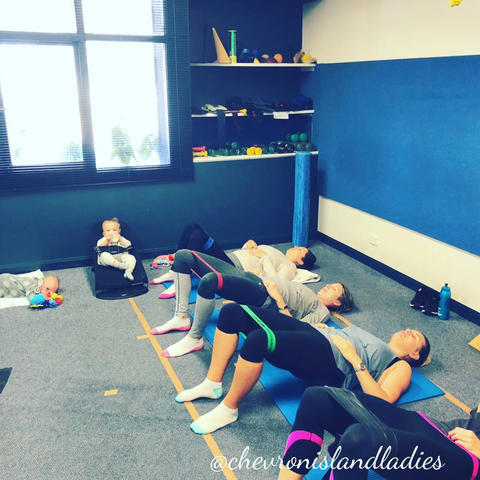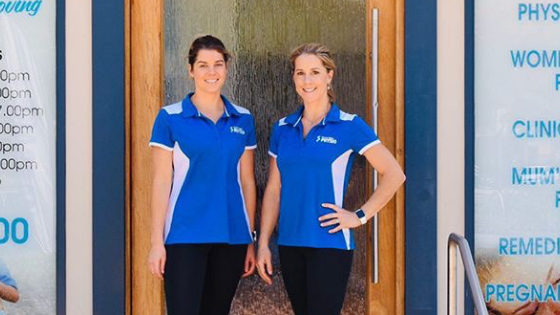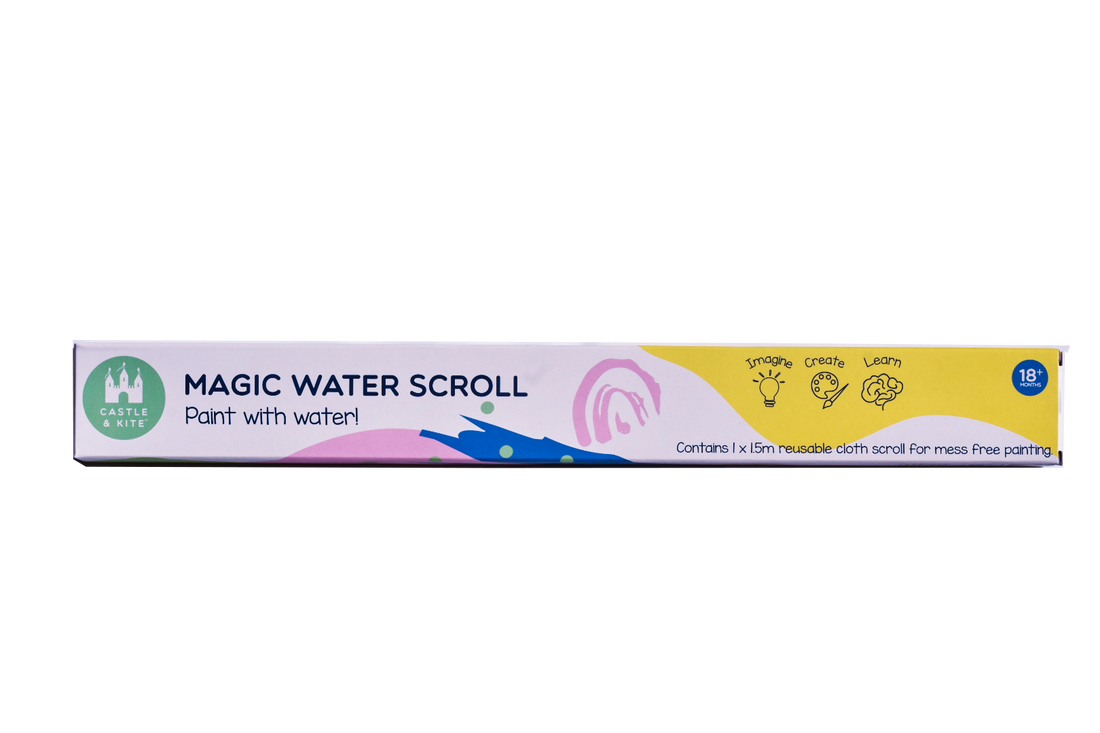This week we were lucky enough to have Alison Jeffrey, a Women's Health Physiotherapist from Chevron Island Physio walk us through why it's so important that new mums visit a specialised women's health physiotherapist after giving birth.
When submerged in the fog of new motherhood, adding one more task to your list can seem overwhelming. However, if there is one appointment every mother should attend after childbirth, it is an assessment with a women’s health physiotherapist.
All too often women do not become aware that Women’s health physios exist until they are experiencing pelvic floor issues like incontinence, pelvic organ prolapse or pelvic pain. Having an accurate and thorough examination early post-partum is critical for any woman recovering from pregnancy and delivery.

1. Let’s alleviate symptoms and identify issues before they become bigger problems
While issues like incontinence, pain, and prolapse are common, they are not normal and shouldn’t be considered inevitable consequences of becoming a mother. Working with a women’s health physio can help to alleviate symptoms and treat the cause of dysfunction, meaning women do not have to put up with such bothersome symptoms!
A women’s health physio will provide a thorough assessment of the body with close attention to the abdominal wall, and the structures within the pelvis. After performing an external assessment that includes assessing for abdominal separation or diastasis recti, a women’s health physio can then perform an internal assessment.
They can then make recommendations on lifestyle factors (bowel and bladder habits, breath, alignment) that may be increasing one’s risk of developing pelvic floor dysfunction and will work to develop a plan to facilitate recovery from birth and a return to the mother’s chosen activities.
2. Kegels are not always the most appropriate exercise for pelvic floor recovery
All too often, women are recommended to do kegel after kegel to strengthen their pelvic floor. While these exercises can be a helpful tool in the rehabilitation of one’s pelvic floor, when it comes to improving the function of a pelvic floor there is not a ‘one size fits all approach’. Some women will have a pelvic floor that is over-recruited or over-active which in turn will result in a weak and dysfunctional pelvic floor. These women will be made worse with kegels and will often be required to commence treatment using pelvic floor relaxation techniques. A women’s health physio can identify an over-recruitment issue and can help to facilitate relaxation and more appropriate function.

3. A correctly functioning Pelvic Floor is essential to performance in exercise and activities of daily living
Many new mums will find that they end up leaking or experiencing pain or pressure if they try to rush back into levels of fitness that they did before giving birth. A women’s health physio will assess your individual function of your pelvic floor and provide recommendations on your return to exercise and activity rate.
The pelvic floor is the base of our core and works together with the diaphragm, the transversus abdominis, and multifidus, stabilizing the body from the inside out. Whether lifting a baby in a car seat, or a barbell at the gym, the pelvic floor responds to stabilise and provide support.
Without adequate rehabilitation post-birth, the body may be susceptible to injury and pain, with the pelvic floor being particularly vulnerable.
4. Having a C-section does not mean your pelvic floor is in the clear
All too often I hear that having a C-section removes the risk of pelvic floor dysfunction and often leads women to believe that working with a women’s health physio is only necessary for women who have given birth vaginally. Women who birth by C-section, however, are still susceptible to pelvic floor dysfunction, pain, and diastasis recti and can benefit just as much from seeing a women’s health physio as those women birthing vaginally. There are many other factors other than the birth that can influence the function of the pelvic floor including the pregnancy, fitness and daily life activities, constipation, and genetic predisposition.

5. Working with a women’s health physio gives you added support in your journey into motherhood
As soon as a woman gives birth their focus (and those around them) shifts to caring about their new baby. This frequently puts them at the bottom of the priority list when it comes to care. Prioritising the new mother’s physical and emotional wellness is just as important as celebrating her new baby. Emphasizing recovery and function postpartum has so many benefits for both mum and bub.
We are lucky enough to have two Women’s Health Physios at Chevron Island Physio who can help you. Contact us on 5504 7000 to find out more information.
Alison Jeffrey
(Physiotherapist/Pilates instructor/Women’s Health Special Interest).
Enter our Competition HERE and win the following fantastic prizes. Entries close 13/01/2020
References
- Bump, R., Hurt, W., Fantl, J., Wyman, J. (1991). Assessment of Kegel pelvic muscle exercise performance after brief verbal instruction. American Journal of Obstetrics and Gynecology, 165(2), 327-329. https://www.ncbi.nlm.nih.gov/pubmed/1872333










1 comment
Muchas gracias. ?Como puedo iniciar sesion?